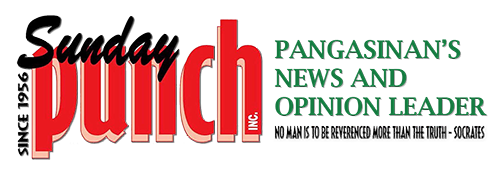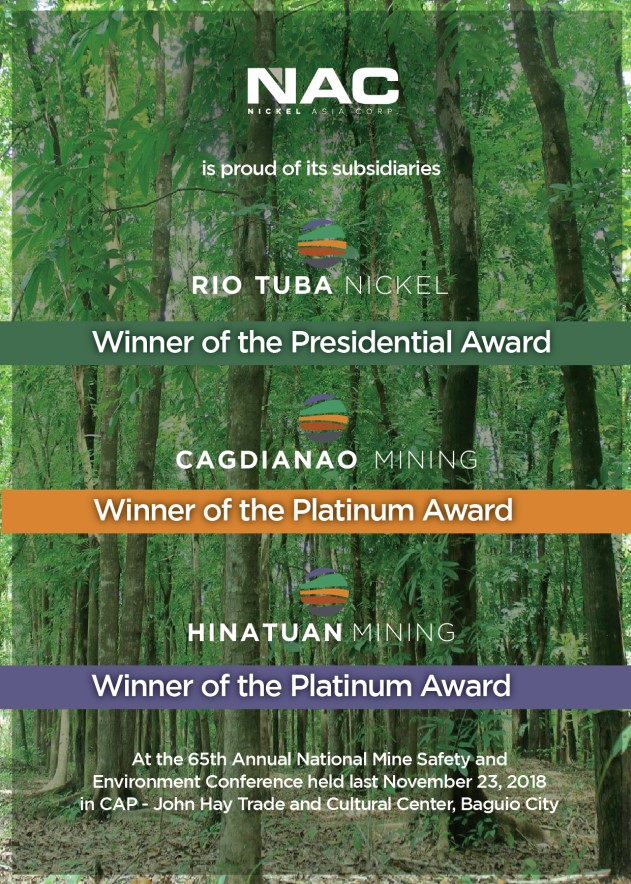Harvest Time
Hooked to Hybrid Rice SL 8H: II
By Sosimo Ma. Pablico
Nine of Nanay Soling’s 11 children left the Philippines to work in Italy due to the lack of profitable employment in the country. Having been raised in the Ilocano tradition, they saved and continue to save much of their income and send it back home to Nanay Soling for the purchase of irrigated rice lands.
Of the nine siblings, Remedios (now Mrs. Pedines) has already come back for good after 15 years of working as a domestic helper, also called caregiver, in Italy. Nine hectares were bought for her by Nanay Soling during that period and she bought an additional 6.0 ha after her return. The daughter of Remedios, who is now also in Italy, has also bought 2.0 ha to begin with.
Remedios, 58 and a midwifery graduate, said it would have been extremely impossible for her to have acquired 15 ha of irrigated rice lands if she did not leave, as the buying price in 1992 was already 250,000 a hectare. She started to plant SL 8H in its second year of commercialization in Tabacao – 2005-2006 dry season, all because she saw the impressive performance of the variety in the fields of Tabacao farmers. She planted 2.0 ha and harvested a total 280 cavans, which was not really bad for a beginner.
She increased the area planted to SL 8H the following year and increased it again to 8.0 ha during the last dry season because she was satisfied with the yield, which has reached about 160 cavans a hectare.
Like Remedios, Yolanda “Yoly” Serrano, 44 and wife of Roniel, the 5th among the Serrano siblings, has decided to stay for good in 2005 to manage the 18 ha that she and her husband have acquired through the years. Meanwhile, Roniel is still in Italy as there are still lots of euros that he can earn in that European country.
A native of Sta. Ignacia, Tarlac and a high school graduate, Yoly went to Italy when she was 18 years old in 1982 and stayed there for 23 years until 2005. It was there where she and Roniel met and they got married in 1986. Initially, they acquired 1.5 ha in 1992 for 375,000. Thirteen years later in 2005, their farm area had already ballooned to 18 ha when the buying price for irrigated land in Tabacao was already 450,000 to 500,000 a hectare. Today, they already have 19 ha.
Like Remedios, Yoly started to plant SL 8H in 9.0 ha in 2005-2006 dry season and harvested 157 to 165 cavans a hectare. She said the yield of the inbred varieties Angelica and PSB Rc82 – 110 cavans a hectare – was very much lower.
“With our income from the farm, I no longer have a good reason to go back to Italy,” Yoly said.
She planted the whole 18 ha with SL 8H in the 2006-2007 dry season and got more than 3,000 cavans. Her average yield was close to 170 cavans a hectare. And she had to look for possible places where she could store the rest of her harvest.
The Serrano family does not also sell its harvest immediately after threshing since it has its own solar dryer. A whole hectare was cemented so that all of them would be able to dry grains without delay except during the wet season when they have to use the mechanical dryers of the coop.
Two Serrano siblings – Ely Rafael and Miriam Sobornedo – have their lands managed by Carding’s sons, Allan and Michael. Ely is the seventh among the Serrano siblings, while Miriam is the eighth.
At 24 years old, Allan, a commerce graduate, is already producing a net income of less than 2.0 million from the 18.0 ha of his Tita Ely who is working in Milan, Italy. Fresh from college, he started to manage 6.0 ha of the farm in 2003-2004 dry season. He planted Angelica and PSB Rc82 and harvested 120 cavans a hectare despite his minimum knowledge of the new rice technology then.
The area under his care increased to 8.0 ha in the next dry season and then to 15.5 ha in the 2005-2006 dry season when he devoted 9.0 ha to SL 8H. Having learned much of the new rice technology already, he harvested 170 to 180 cavans a hectare. After that all the 18 ha were already placed under his care and got yields ranging from 175 to 204 cavans a hectare.
During the last dry season, he harvested a total 2,840 cavans from 18.0 ha or an average 158 cavans a hectare, which would be 150,040 kilos if the sacks weigh 56 kilos each. Allan’s average yield somehow decreased a little but if the harvest is sold at 17.00 a kilo, the gross income would be 2.55 million. Even assuming that the production cost was 900,000.00, the net income would still be a staggering 1.65 million. On the other hand, Michael harvested more than 2,000 cavans from less than 14 ha.
At the bottom line, it would be probably safe to say that SL 8H and SL 7 are giving the Serranos an income level that makes them millionaires in their own hometown even as they are caregivers in a foreign land.
(Readers may reach columnist at spablico@yahoo.com. For past columns, click http://sundaypunch.prepys.com/archives/category/opinion/harvest-time/ For reactions to this column, click “Send MESSAGES, OPINIONS, COMMENTS” on default page.)






